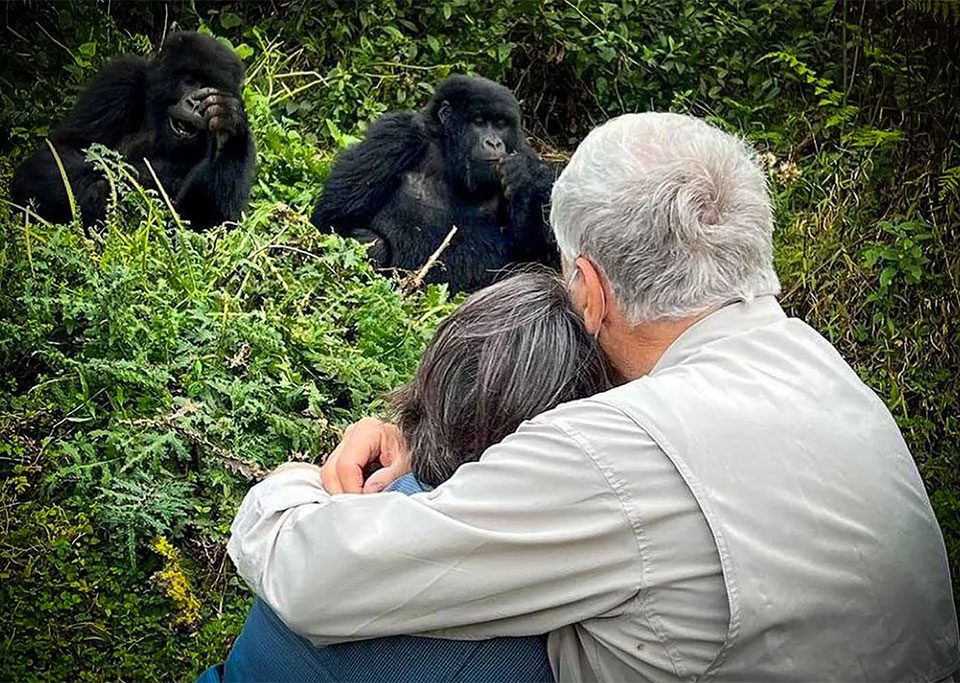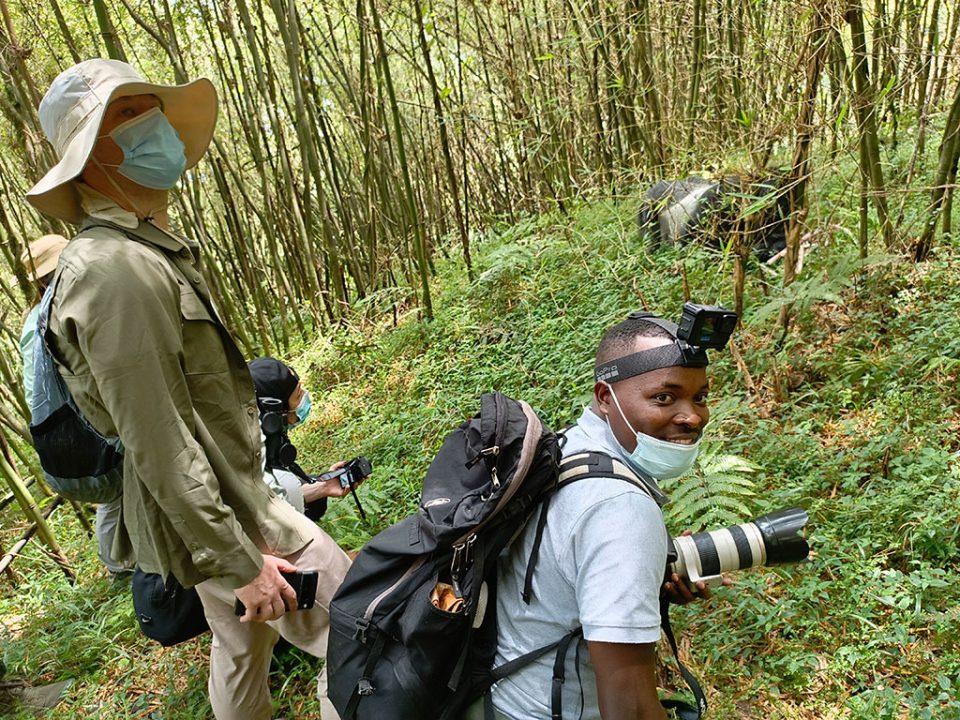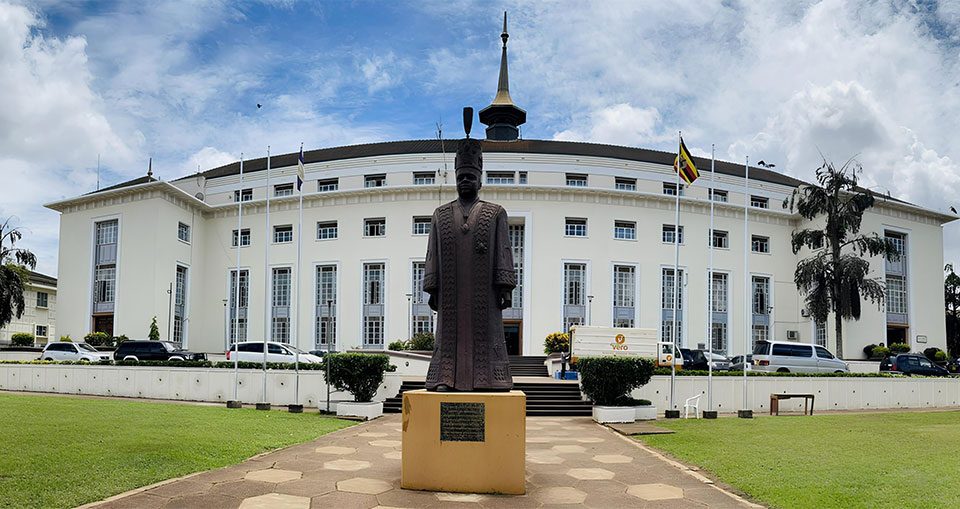- EXPERT'S HELP
- +256789210067
- +256200955001
- info@kenlinktours.com
Kampala City Tours
Kampala City Tours. Kampala, the bustling capital of Uganda, is a city that never sleeps—an energetic blend of culture, commerce, history, and hospitality. As the country’s largest and most dynamic metropolis, Kampala is where Uganda’s diverse traditions meet modern life. A Kampala City Tour offers travelers the opportunity to experience Uganda’s rich heritage, historical sites, local markets, culinary delights, and warm people—all within a few hours or days.
Whether you’re on a short layover, at the start of a longer safari, or simply exploring Uganda’s capital, Kampala has plenty to offer. Let’s take a deep dive into what makes Kampala City Tours an unforgettable experience.
A Brief Overview of Kampala
Nestled on seven hills (and now expanded to over twenty), Kampala serves as Uganda’s political, commercial, and cultural center. The city is located just about 40 km from Entebbe International Airport, making it the first stop for many visitors entering the country.
Kampala’s name comes from the phrase “Akasozi k’empala”—a hill of impalas—coined by early Buganda Kingdom settlers who found antelopes grazing on its rolling hills. Over time, Kampala grew into a lively cosmopolitan hub where tradition and modernity exist side by side.
Why Take a Kampala City Tour?
A city tour of Kampala is not just about sightseeing—it’s a cultural immersion. You’ll meet friendly locals, taste traditional dishes, explore markets bursting with color, and learn about the deep history that shaped Uganda.
City tours are typically guided by knowledgeable locals who explain the background and stories behind every landmark. Whether by car, motorcycle (boda-boda), bicycle, or on foot, each option offers a unique perspective of the city’s rhythm and charm.
Top Places to Visit During a Kampala City Tour
Kampala offers a rich tapestry of attractions—from royal palaces and cathedrals to museums and markets. Here are some of the must-visit sites that make up a comprehensive Kampala city experience.
1. The Kasubi Royal Tombs
A UNESCO World Heritage Site, the Kasubi Tombs serve as the burial grounds for four former kings of Buganda (Kabakas). The site represents the spiritual heart of the Buganda Kingdom and is a masterpiece of traditional architecture made from reeds, grass, and wood. Visitors gain insight into Buganda culture, royal customs, and the role of kingship in Ugandan society.
After reconstruction due to a fire in 2010, the Kasubi Tombs have regained their splendor and remain a deeply significant cultural landmark.
2. The Kabaka’s Palace (Lubiri Mengo)
Another essential stop is the Kabaka’s Palace, located in Mengo. The palace was built in 1885 and is home to the Buganda Kingdom’s royal seat. A guided tour reveals the fascinating history of the Buganda monarchy, British colonial relations, and Uganda’s post-independence political struggles.
Within the palace grounds is the Idi Amin’s torture chamber, a chilling reminder of Uganda’s dark past under dictatorship. Though somber, it’s an important site that helps visitors understand the resilience and courage of the Ugandan people.
3. The Uganda Museum
For history enthusiasts, the Uganda Museum in Kitante Hill is a must-visit. It is the oldest museum in East Africa, established in 1908, and showcases Uganda’s cultural, natural, and political heritage. Exhibits include traditional musical instruments, historical artifacts, ethnographic displays, and fossils from the Albertine Rift.
The museum provides a fascinating journey through Uganda’s evolution—from prehistoric times to modern-day achievements.
4. Namirembe Cathedral and Rubaga Cathedral
Kampala’s skyline is defined by its twin hilltop cathedrals.
Namirembe Cathedral, also known as St. Paul’s Cathedral, is the oldest cathedral in Uganda and the headquarters of the Anglican Church. Its red-brick architecture and panoramic views over Kampala make it a favorite stop for visitors.
Rubaga Cathedral, officially St. Mary’s Cathedral Rubaga, serves as the seat of the Roman Catholic Archdiocese of Kampala. It features beautiful stained-glass windows and the resting place of Uganda’s first African Catholic bishop, Joseph Kiwanuka.
Both cathedrals reflect Uganda’s deep Christian roots and provide peaceful retreats from the city’s hustle.
5. Gaddafi National Mosque (Old Kampala Mosque)
Located on Old Kampala Hill, the Gaddafi National Mosque is one of the most iconic landmarks in the city. Commissioned by former Libyan leader Muammar Gaddafi, it’s the largest mosque in East Africa, capable of accommodating over 15,000 worshippers.
Visitors can climb the minaret for a breathtaking 360-degree view of Kampala’s sprawling cityscape. It’s a perfect photo stop and a serene place to appreciate the city’s diversity and harmony among religions.
6. Nakasero Market
A Kampala city tour would be incomplete without visiting Nakasero Market, one of the oldest and busiest markets in Uganda. Here, you’ll find everything from tropical fruits and vegetables to colorful fabrics, electronics, and souvenirs.
The market buzzes with activity as vendors call out prices and shoppers negotiate deals. It’s a fantastic place to experience local life, take photos, and even try street snacks like roasted plantains or groundnuts.
Just above the market lies Nakasero Hill, known for its colonial buildings, luxury hotels, and embassies—offering a sharp contrast to the lively market below.
7. Owino Market (St. Balikuddembe Market)
If you’re looking for a truly local experience, Owino Market is the place to go. It’s the largest open market in Uganda, known for selling second-hand clothes, shoes, household items, and local delicacies.
Walking through Owino is an adventure in itself—expect narrow paths, busy crowds, and endless displays of creativity. It’s chaotic but full of life and gives you a real sense of Kampala’s vibrant urban culture.
8. The Independence Monument
Located along Speke Road, the Independence Monument is one of Kampala’s most photographed sites. The statue depicts a mother lifting a child towards the sky, symbolizing Uganda’s birth as an independent nation in 1962.
Surrounded by gardens, it’s a peaceful spot for reflection and a reminder of the country’s journey toward freedom and self-determination.
9. Bahá’í Temple (Bahá’í House of Worship)
Perched on Kikaya Hill, the Bahá’í Temple is one of only eight such temples in the world and the only one on the African continent. Its architectural beauty and tranquil gardens make it a favorite for both spiritual seekers and tourists.
The temple’s open lawns and quiet ambiance offer a refreshing break from the city’s traffic and noise—an ideal place for meditation, relaxation, and photography.
10. Ndere Cultural Centre
To experience Uganda’s cultural diversity, the Ndere Cultural Centre in Ntinda is the perfect destination. The center hosts vibrant evening performances showcasing traditional music, dances, and storytelling from Uganda’s different tribes.
Visitors can enjoy a delicious buffet of Ugandan cuisine while watching the colorful performances. Ndere Centre perfectly encapsulates Uganda’s motto: “For God and My Country,” celebrating unity through culture and art.
11. Makerere University
Founded in 1922, Makerere University is one of Africa’s oldest and most prestigious institutions of higher learning. Its colonial-era buildings, tree-lined walkways, and academic heritage make it a fascinating stop for history and education enthusiasts.
Many prominent African leaders and scholars, including former Tanzanian President Julius Nyerere, studied here—making it a significant landmark in Africa’s intellectual history.
Exploring Kampala’s Nightlife and Food Scene
When the sun sets, Kampala transforms into a city of lights and laughter. The nightlife is one of the most vibrant in East Africa, with countless bars, lounges, restaurants, and live music venues.
Popular hangout spots include The Alchemist, Sky Lounge, Guvnor, Levels Lounge, and Bubbles O’Leary’s, where you can enjoy everything from live bands to DJ mixes.
For food lovers, Kampala offers both local and international cuisine. Don’t miss Luwombo (a traditional stew cooked in banana leaves), rolex (a rolled chapati with eggs and vegetables), or matoke (mashed plantains). Fine dining restaurants such as Cafe Javas, Tamarai, and Fang Fang also provide world-class meals in relaxed settings.
How to Take a Kampala City Tour
There are various ways to explore Kampala, depending on your schedule and interests:
Half-day city tour: Covers major highlights such as the Gaddafi Mosque, Independence Monument, Nakasero Market, and the museum.
Full-day city tour: Includes the Kasubi Tombs, Kabaka’s Palace, cathedrals, Ndere Centre, and more.
Boda-boda (motorcycle) tours: Perfect for adventurous travelers who want to navigate through Kampala’s traffic quickly and explore hidden corners.
Walking tours: Ideal for visitors who want to connect closely with locals and capture detailed street photography.
Local tour operators and guides can customize the tour to match your preferences—whether you’re into history, food, culture, or photography.
Best Time to Visit Kampala
Kampala can be visited year-round due to its mild tropical climate. However, the dry seasons (December to February and June to August) are ideal for sightseeing since the weather is sunny and roads are easier to navigate.
Early mornings and late afternoons are the best times to take tours, offering pleasant temperatures and beautiful lighting for photography.
Travel Tips for a Smooth Kampala City Tour
Dress modestly, especially when visiting religious or cultural sites.
Carry small cash for market purchases and tips.
Use a local guide for safety and better understanding of the sites.
Stay hydrated, as the city can get warm during the day.
Keep valuables secure, especially in crowded areas like Owino Market.
Local Foods in Kampala
While Kampala is Uganda’s bustling capital, is not only known for its vibrant culture and friendly people but also for its mouth-watering local cuisine. The city’s food scene reflects Uganda’s rich agricultural heritage, with dishes made from fresh, organic ingredients sourced from local farms and markets. From street vendors to restaurants, Kampala offers an authentic culinary experience that every visitor should try.
One of the most popular dishes is Matoke, a staple made from green bananas that are steamed and mashed, often served with beef, chicken, or groundnut sauce. Another favorite is Luwombo, a traditional stew of meat, chicken, or fish steamed in banana leaves—a delicacy with deep roots in Buganda culture.
For a quick and tasty street meal, nothing beats the famous Rolex, a rolled chapati filled with eggs, vegetables, and sometimes meat. It’s an affordable and filling snack that has become a national favorite. Kampala’s street food also includes Muchomo (roasted meat), Kikomando (chapati mixed with beans), and Nswa (fried white ants), which locals enjoy as crunchy snacks.
Vegetarian options are also abundant, including Posho and Beans (maize flour with beans stew), Sweet Potatoes, Cassava, and Yams, all served with a variety of sauces.
To wash down these delicacies, try local beverages like Muganda tea (spiced tea with milk), fresh passion or mango juice, or local brews such as malwa and tonto, made from millet and bananas.
Booking Kampala City Tour with Kenlink Tours
Explore the vibrant capital of Uganda with Kenlink Tours, your trusted local operator for unforgettable Kampala City Tours. Discover top attractions like the Kasubi Tombs, Gaddafi Mosque, Buganda Palace, local markets, and cultural centers—all guided by our experienced team. Whether you prefer a half-day or full-day city adventure, we tailor each tour to suit your interests and schedule. Enjoy comfort, safety, and authentic experiences as you uncover the heart of Uganda’s capital.
Book your Kampala City Tour today!
📧 Email: info@kenlinktours.com

Request for a Quote
Start planning your adventure trip today with a professional expert available to help you 24/7. Encounter Africa on your own terms.
Request a QuoteDISCOUNTED GORILLA SAFARIS IN UGANDA




Gorilla Trekking Adventures
Embark on a fascinating gorilla trekking safari in Uganda and Rwanda with Kenlink Tours. Witness majestic mountain gorillas up close in their natural habitat, guided by experts for a once-in-a-lifetime adventure through lush rainforests and scenic landscapes.
READ MOREWildlife Encounter Safaris
Embark on iconic wildlife safaris in East Africa with Kenlink Tours. Discover the Big Five in vast savannahs, witness the Great Migration, and explore pristine national parks. Our expertly guided adventures promise unforgettable encounters with nature, rich cultural experiences, and seamless travel across Uganda, Kenya, Tanzania, and Rwanda.
READ MOREOther Safaris you may Love











